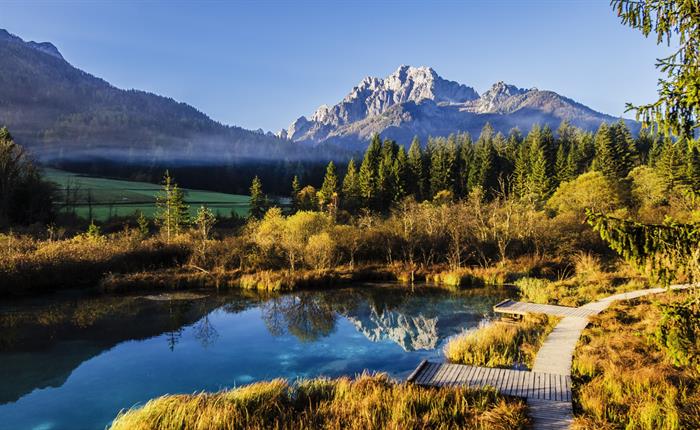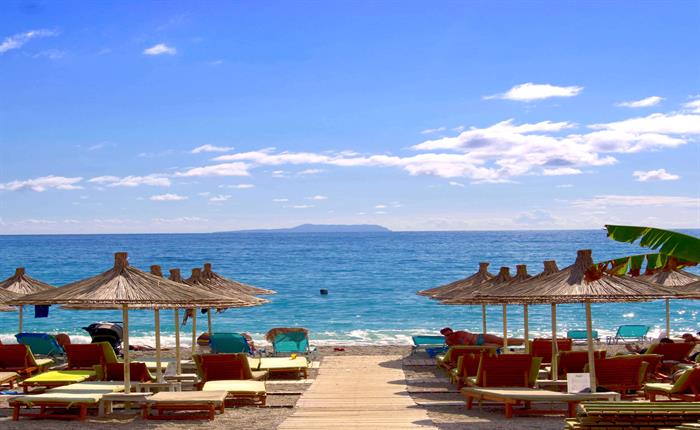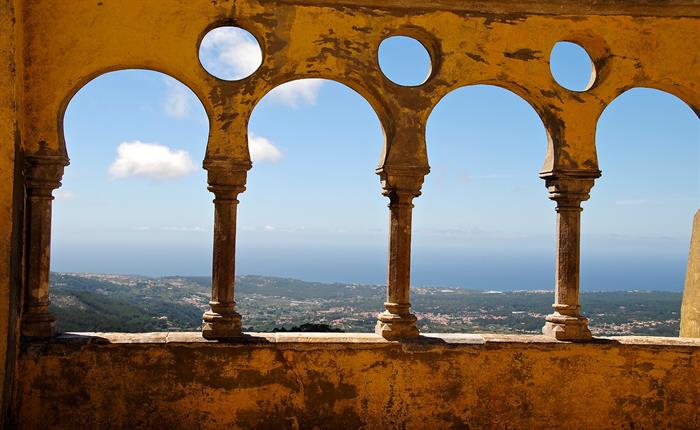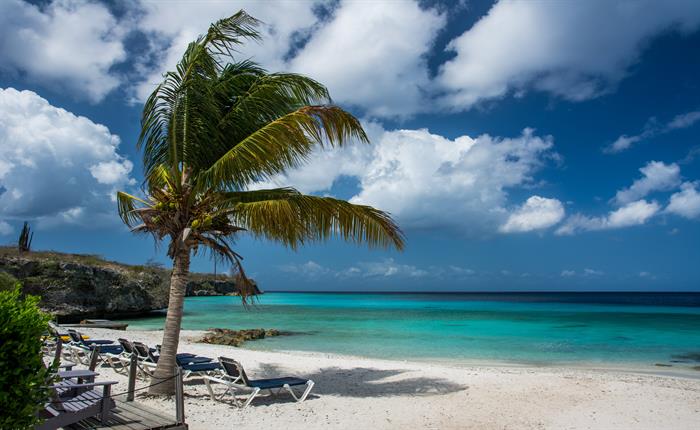Hidden Gems of Europe
At PKT, we love hunting for hidden gems, especially in Europe where it’s so easy to just follow the herd. There are less people, a more local experience, usually more availability to choose from, and unexpected surprises that stay in our hearts forever. Veer off the beaten path, you’ll be thankful that you did.

Slovenia
A relatively quiet county that most people leave
off their travel plans is home to everything you could possibly want in a
hidden European gem – beautiful scenery, interesting culture, and a unique
personality that isn’t seen anywhere else.
It has an Eastern European influence reached easily by train or bus from
Venice or Zagreb. It was a former
communist country, but remnants of its past are still present in modern day
Slovenia. In addition to the great
street art littered throughout Ljubljana, there are quirky street decorations –
they are sure to make your day more interesting, and brighter. On top of the vibrant colors and objects, it’s
fairly inexpensive.
Albania
Set upon the Mediterranean Sea, if there was ever a time to
plan a trip to this less explored part of Europe, it’s now. In the midst of a major facelift after years
of a communist regime, Albania offers thousands of years of natural beauty and
history. Local lifestyle, hardly any
tourists, and untouched nature are all to yourself. Along with beautiful beaches comes great
weather – warm summers and mild winters, especially along the coastline. If you’re a nature buff, there are stunning
mountain ranges, such as the Albanian Alps in northern Albania and the Pindus
Mountains which are called the “spine of Albania”. History buffs will find an abundance of archaeological
remains from the Byzantine and Ottoman Empire.
Throw in Albania’s ideal location next to the sea, and along comes fresh
seafood prepared in a variety of ways.
As a developing nation, Albania offers prices you won’t be able to find
anywhere else.

Estonia
Another former Soviet Union member, Estonia has
a both rich and tumultuous history. It
gained its independence in 1991 when it finally joined the European Union. Estonia joined the Union not through war, but
through peaceful protest consisting of traditional Estonian songs on a nightly
basis. It was called the Singing
Revolution. With a multitude of cultures
and influences, walking through Tallinn is like walking through a living museum. Much of its history is well preserved despite
foreign occupation and oppression.
Estonia is also home to over 2,000 islands waiting for you to explore
them. Some are home to castles and some
are home to simple windmills. There are also
1,400 lakes, waterfalls, and rivers and a diverse flora and fauna, making
Estonia a favorite for nature lovers. If
you’re looking for a good place to start, Tallinn is your place – it was name
the European Capital of Culture in 2011.
Portugal
Often overlooked because of its massive neighbor
to the east, Portugal does not get nearly the amount of love and attention that
it should. Of course there is the usual
suspect of Lisbon, but Sintra is poised to be the next big star of
Portugal. It is home to castles,
gardens, and a variety of houses painted in eye popping colors. The sheer range of palaces and castles to see
is overwhelming. While most people take
a day trip to Sintra, you should stay 1 or 2 nights so you can explore more of
the park and the Quinta Regaleira gardens.
Porto is Portugal’s former capital and it offers the hustle and bustle
of a big city, but without the crowds of Lisbon. Portugal is ripe for exploration, and still
very affordable and easy to get to.
Visit outside the summer months for cooler weather and even less people.
Bosnia & Herzegovina
Often times the name “Bosnia” brings back sad
memories of footage during the Bosnian War in the 90’s. People unfortunately don’t know much about
this little country than that. That’s
why you have to visit. A blend of
Christian and Muslim architecture, Bosnia & Herzegovina is home to a
diverse land of 40 percent Muslim, 31 percent Orthodox, and 15 Catholic
peoples. The capital city of Sarajevo is
surrounded by 5 major mountains, which form a breathtaking backdrop for the
city. On the outskirts lie lush green
hills and old towns. There are still
bullet holes on some of its buildings, a reminder of the horrors of war. At the cross-roads of the East and West,
Sarajevo hosts both Venetian and Austro-Hungarian architectural gems across the
city.